Container Gardening
Planting a container garden is a relatively easy and rewarding endeavor. The aesthetic beauty of container plantings can liven up any space while benefiting your health and the environment. Whether your containers are indoors or outdoors the process of creating and maintaining the container garden will be similar.
Selecting the right plants for your micro-climate and season is essential. In the Seattle area (USDA zone 8a), many tropical plants and succulents will easily thrive indoors but won’t likely survive outside in the winter. Conifers can be troublesome indoors as they require atmospheric conditions such as humidity, wind and natural temperature fluctuation. Proper consideration of light requirements for all plants involved is essential. Plants that are labeled as ‘part sun’ or ‘shade’ still need at least a few hours of light per day. Even a plant labeled ‘full sun’ can burn if over-exposed to direct sunlight. Do your research before you buy and know how much light your prospective planting area gets. For indoor planting, there are many economical and attractive options for supplemental lighting if you don’t have much natural light.
The aesthetic cohesiveness of a container garden should be given high priority. Groupings of plants look best with variety in texture, shape and color. The size, shape and color of your container should influence your decision as well. For example, a large, stout planter would be complemented well by a tall, columnar evergreen like Lemon Cypress, Ilex ‘Sky pencil’ or Yew ‘Silver spire’. Contrasts and complements in color and texture draw the eye to specific areas of the planting. An arrangement meant to impress could have tall, short, spreading and drooping plants arranged in a balanced manner.
Ideally, container plantings should be updated with seasonally appropriate plants at least twice a year. Cold hardy flowering plants such as Primroses, Cyclamen and Pansies can be planted in fall and replaced in spring with more colorful warm weather additions like Pelargoniums, Coleus and Alyssum. Herbaceous perennials such as Rudebeckia and Hostas are useful as they can be kept in the container year-round, can be planted over in the fall and winter and will be more impressive every year, provided you divide them occasionally.
A final and vitally important detail of the container garden is the soil. Proper drainage is essential to plant health as is moisture retention. Containers with drainage holes in the bottom and potting soils with adequate amendments such as perlite and vermiculite should be used. Without proper drainage, soil becomes boggy and the lack of oxygen leads to anaerobic bacterial and fungal proliferation, causing root rot. Container soil should be replaced at least once a year, with new soil being added with each new planting. Nutrients in containers can be exhausted quickly so fertilizing at seasonally appropriate times is also prudent. Given the proper light, water and nutrients any container garden should be easy to maintain for many years.
by Drew Arvidson, Kaleidoscope team member


